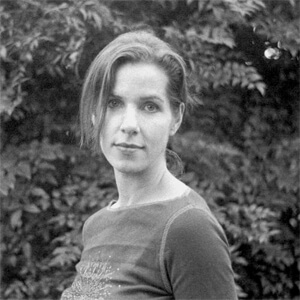Jennifer Shaw earned a BFA in photography at the Rhode Island School of Design. Her photographs have been featured in B&W, American Photo, Shots, Light Leaks, The Sun, and Oxford American magazines, online publications including NPR, Fraction Magazine, One One Thousand, Lenscratch, and Brain Pickings, and are included in two recent monographs: Hurricane Story (Chin Music Press, 2011), and Nature/Nurture(North Light Press, 2012). Her work is exhibited widely and held in collections, including the New Orleans Museum of Art, the Ogden Museum of Southern Art, and the Museum of Fine Arts Houston. Shaw is based in New Orleans, Louisiana where she teaches the disappearing art of darkroom photography at the Louise S. McGehee School in addition to chasing after two young sons.
Statement:
Photography is always an act of discovery for me. It’s about the joy of seeing and the mysterious convergence of light, texture and form as translated onto film. A sense of wonder and a reverence for beauty are motivating factors that lead me to document and interpret the world through the camera’s lens. I attempt to create images that transcend literal description, reaching beyond the physical surface of the subject to resonate with viewers on an emotional level. Most of my work is created using toy cameras. These simple plastic devices lend a whimsical spontaneity to the act of photographing. Although they offer little control in making exposures, their quirks can sometimes result in magic. I print my black and white images in the darkroom on traditional silver paper, then split-tone them to add depth and color. This toning method can be unpredictable, and like every other part of my process, owes a bit to serendipity. The color work is shot on film, then scanned to make archival pigment prints on Hahnemuhle Rag 308 paper.
